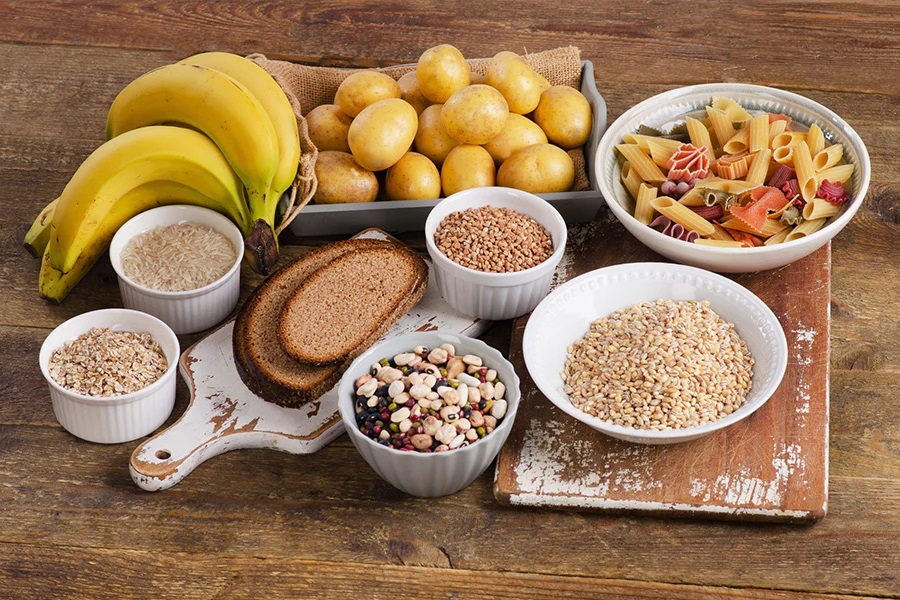We’re all feeling the effects of inflation right now and it’s certainly noticeable at the grocery store. Grocery prices are up about 12% from last year and certain categories are up even more.
We’re seeing significantly higher prices on staple foods like eggs, beef, and milk. Those dollars add up, even for the savviest shopper. A 12% increase in prices means that if your grocery budget is typically $500, it’s now stretched to $560.
However, there are ways to help spend less on groceries and still put nutritious meals on the table. Try some of these tips to cut back on costs at the grocery store when inflation is driving prices up.
1. Make a plan
This is hard to quantify, but planning helps save you money for many reasons. Making a grocery list helps you avoid impulse purchases that add up.
You’re more likely to use what you buy and what you already have on hand — which helps cut back on costs more. ResearchersTrusted Source estimate that, on average, households throw away about 30% of the food they buy.
Having a dinner plan (plus a few lunches and breakfasts) for the week also helps you cook more at home and pass up takeout or other more expensive options on busy days.
It doesn’t have to be complex, but having a few recipes written down and then shopping for those ingredients is a great strategy to help you save money at the store.
2. Be picky with produce
As a dietitian, I always advocate for people to eat more fruits and vegetables. Those foods may seem expensive, but there are ways to stretch your dollar and still get your fill of the nutrition that produce provides.
Choosing frozen, canned or dried fruits and vegetables is a great way to save money and still get vitamins, minerals, fiber and antioxidants into your diet. Look for options that are lower in added sugars and salt.
Consider swapping out a more expensive fruit or vegetable with something cheaper. Turn cabbage into a slaw, instead of a mixed green salad to save. Use onions instead of shallots in a soup recipe, or try frozen berries instead of fresh in a smoothie.
Also, make sure you actually eat what you buy. That’s another reason frozen and canned produce are great staples, but use up your delicate produce first, so you don’t end up throwing money away.
You can also try freezing produce or adding anything that’s about to go bad to soups, fried rice, or eggs.
3. Search for sales
Some of us are already adept at using coupons and looking through the weekly sale flyers. But if you don’t currently, it’s not too late to start. Most grocery stores offer discounts throughout the store. Combine those with coupons, and you could save quite a bit.
If you shop online — using a grocery delivery or pickup service — try adding virtual coupons to your order or filtering products by what’s on sale. If there is a grocery store you go to often, make sure you’re signed up for their rewards points.
My favorite strategy is to look at what’s on sale first, then add some of those foods into my meal plan for the week. This way, I’m not adding lots of extra foods just because they’re on sale. I also check for coupons for foods I usually buy.
4. Check unit prices
If you don’t know what a unit price is, you should. It’s located on the shelf next to the price for the item and allows you to better compare sizes and different brands.
Let’s say you go through cereal every week. It might make sense to buy the bigger box, which will cost more at the time but is going to be cheaper per pound than the smaller box. Unit prices show you the cost based on weight, and smaller sizes cost more.
Scanning unit pricing can also help you compare different brands that may offer their food products in different size packages and find the one that makes the most sense for your budget.
5. Rethink your protein
Protein-rich foods like meat, poultry and seafood tend to be some of the more expensive foods on our plates. There are ways to see some smart savings here without giving up meat (if you don’t want to!).
It’s true that many plant-based proteins, like beans and tofu, are cheaper than meat. Trying a meatless meal or two might help you save some money.
Choosing less expensive cuts of meat helps too. Choosing ground meats, top round steaks, or chicken thighs (vs. breasts) are ways to help cut costs. Talk to your butcher or compare prices to save.
Since protein is pricey, if you have the freezer space, it may make sense to stock up when it’s on sale. Then just freeze, and thaw when you’re ready to cook.
You can also stretch your meat by blending it with veggies and grains in meals like stir-frys, burgers or casseroles.
With proteins, it doesn’t have to be all or nothing, but rather little things can help you save over time.



